

Eurasian Wren
AGE – BEST CRITERIA:
1cy:
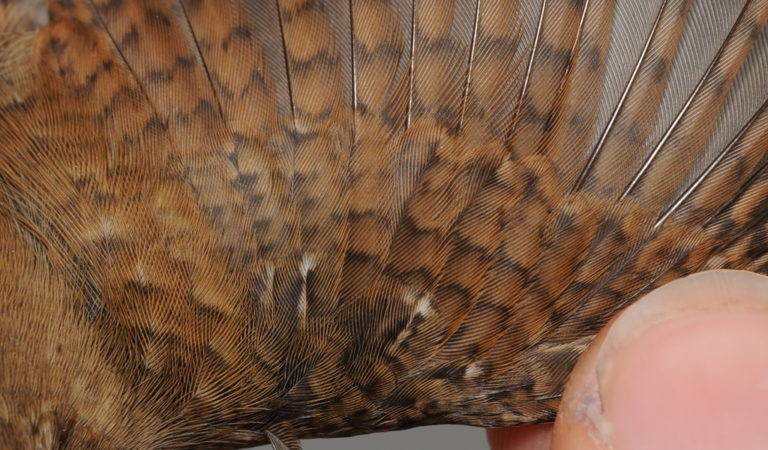
1cy October. Juvenile GC1-5 are warm brown with buff tips and rather diffuse dark markings that contrast to post-juvenile GC6-10 that are slightly colder brown, show tendency to whitish tips and more distinct dark markings. Although the individual variation is vast, the shape of the dark markings in the two GC generations within the same bird often differ from eachother. [CP41574]
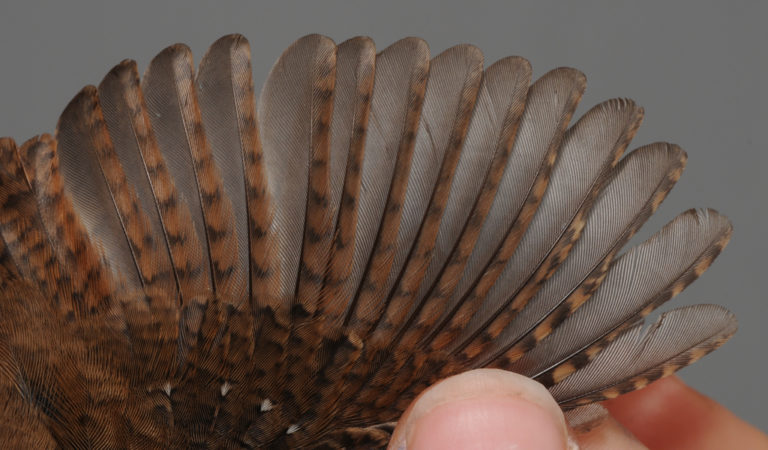
1cy October. SS and PP show a typically juvenile pattern with rather diffuse and slightly irregular dark bars in the outer vanes. The barring on the outer PP is in dark grey with the pale spots being dark buff in colour, less contrasting than in average adult birds. According to Ward & Feu (2006) juvenile P4 in British Wrens show 7-9 pale spots compared to 9-12 in adult P4. However, some birds (like this one) show spots that are less easy to count. Note that GC1-10 are all post-juvenile. [CP41538]
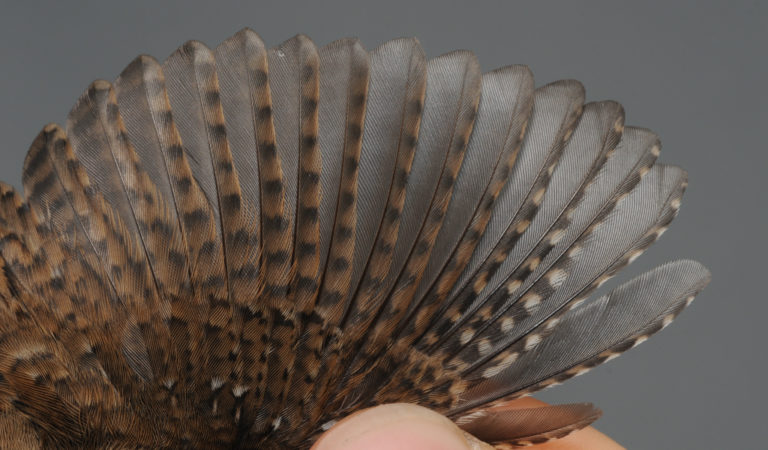
2cy+ October. Adult birds show a uniformly fresh wing with prominent barring formed by well defined black bars. On PP3-4 the pale spots are paler (sometimes whitish), more contrasting to the blackish feather, and also more numerous than in juvenile PP (see above). Note also typical adult type GC with whitish tips and distinct black subterminal bar. [CS00450]
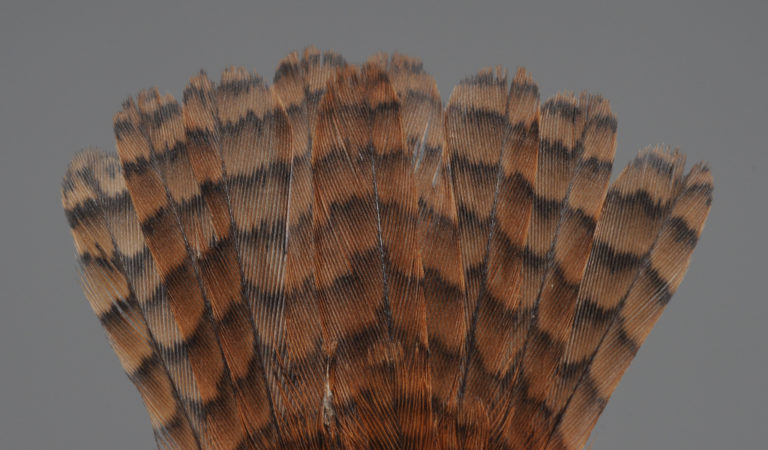
1cy October. Juvenile RR show dark barring that generally is slightly more narrow and less distinct. However, due to extensive variation it's very difficult to tell the generations apart unless they are present in the same individual (and unfortunately we have yet no autumn bird with moult contrast in the tail, to show here). [CP41691]
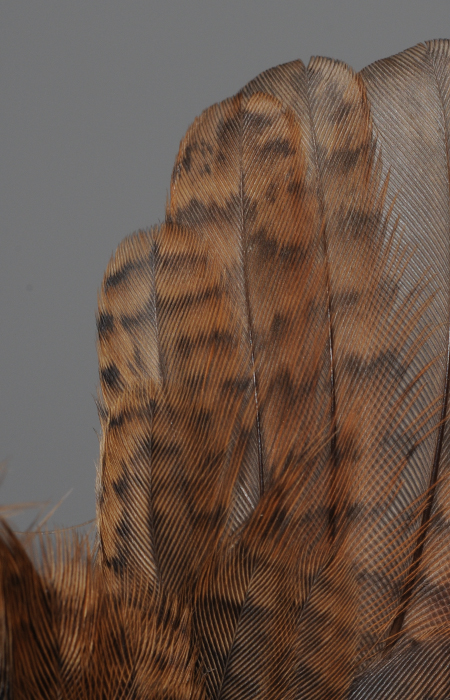
1cy October. Many young birds, like this one, show a moult contrast in the TT. The inner two are moulted post-juvenile while the longer is still juvenile (like adjacent S6). Note the more diffuse and irregular dark pattern on the long juvenile T. [CP41538]
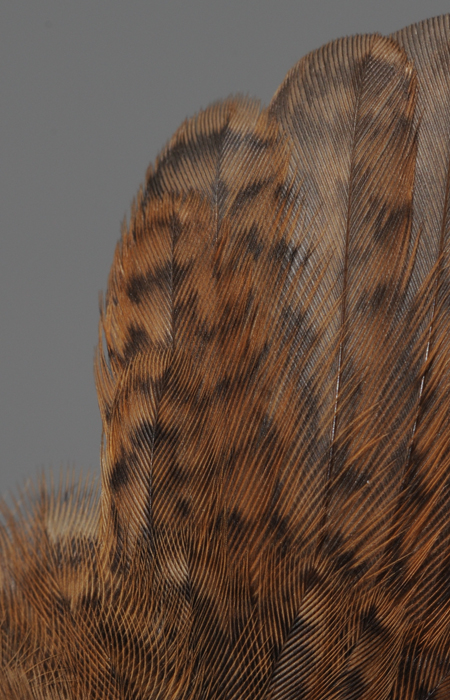
1cy September, showing moult contrast. Inner shortest T is post-juvenile, albeit rather difficult to see in the photo. Note the (very slightly) less warm brown colour ans different structure/wear in the tip compared to the still juvenile longer two with more diffuse and irregular markings. [CR96129]
More Troglodytes troglodytes:
Ringers’ DigiGuide is sponsored by: